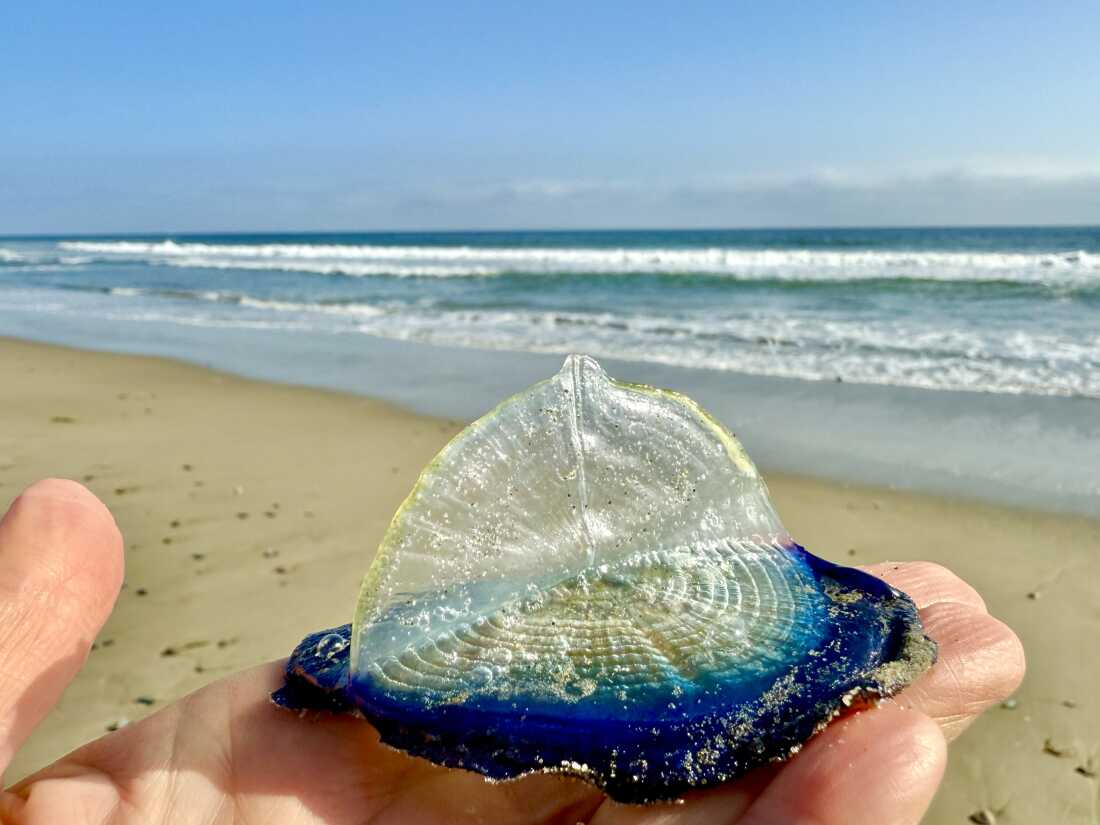Executive Summary
- The National Gallery in London purchased 'The Virgin and Child with Saints Louis and Margaret' for $22 million.
- The painting, created circa 1510 by an unknown artist, is notable for its mix of religious iconography and bizarre details.
- The acquisition highlights the value placed on artistic quality and historical significance, even when the artist is unknown.
Event Overview
The National Gallery in London has acquired 'The Virgin and Child with Saints Louis and Margaret,' a striking 16th-century painting of unknown origin, for $22 million. The purchase, funded in part by the American Friends of the National Gallery of London, marks a significant addition to the gallery's collection and coincides with its bicentenary celebrations. The painting is noted for its blend of traditional religious imagery and peculiar details, sparking curiosity and debate among art historians. Its acquisition underscores the enduring appeal of Old Master works and the importance of preserving artistic heritage.
Media Coverage Comparison
| Source | Key Angle / Focus | Unique Details Mentioned | Tone |
|---|---|---|---|
| Strange Renaissance Painting By Unknown Artist Sells For $22 Million | Bizarre details and possible artist identification. | Mentions a drooling dragon-dog, a 'bawdy' cherub showing its behind, nails foreshadowing crucifixion, squirming figures on Saint Louis' scepter, an angel playing a mouth harp, and analysis of the wood used in the painting. | Intrigued and descriptive, highlighting the painting's oddities. |
| National Gallery in London Buys Work by Unknown Artist for $20 M. | Acquisition details, curator's perspective, and historical context. | Details the funding source (American Friends of the National Gallery), the painting's possible use as an altarpiece in Ghent, curator Emma Capron's quote, speculation about the artist's nationality (French or Netherlandish), and the painting's provenance from the Blundell family. | Informative and celebratory, emphasizing the significance of the acquisition. |
Key Details & Data Points
- What: The National Gallery in London acquired 'The Virgin and Child with Saints Louis and Margaret,' a 16th-century painting by an unknown artist, notable for its religious symbolism and unusual details.
- Who: Key figures include the unknown artist, the National Gallery in London, Emma Capron (curator), Saint Louis, Saint Margaret, the Blundell family, and Alex Bell (Sotheby's).
- When: The painting is dated to around 1510. The acquisition was announced in May 2025, with the painting going on display on May 10. The painting was first documented in 1602.
- Where: The painting will be displayed at the National Gallery in London. It was previously housed on the Lulworth Estate in Dorset and believed to have originated from the Premonstratensian Abbey of Drongen in Ghent, Belgium.
Key Statistics:
- Key statistic 1: $22 million: The price paid for the painting by the National Gallery.
- Key statistic 2: 1510: Estimated year of creation for the painting.
- Key statistic 3: 1602: First documented appearance of the painting in Ghent, Belgium.
Analysis & Context
The acquisition of 'The Virgin and Child with Saints Louis and Margaret' highlights the National Gallery's commitment to preserving and showcasing significant works of art, even when the artist remains unknown. The painting's unique blend of religious iconography and bizarre details makes it a fascinating subject for art historians and the public alike. The mystery surrounding the artist adds to the painting's allure, prompting speculation and further research into its origins and creation. The painting's public display will provide an opportunity for visitors to appreciate its artistic merit and contribute to the ongoing effort to unravel its secrets.
Notable Quotes
The artwork is “full of iconographical oddities.”
What makes Old Masters so great, is that you don’t have to know what an artwork is to know that you are looking at something special. In the case of this striking altarpiece, its inherent value lies in its extraordinary quality and its history – regardless of who the artist may have been. In fact, this mystery makes it all the more intriguing.
it might have been painted by a highly talented artist early in his career or by someone who died young.
Conclusion
The National Gallery's acquisition of 'The Virgin and Child with Saints Louis and Margaret,' a 16th-century altarpiece unseen for over 60 years, marks a significant, albeit mysterious, addition to its collection. The painting, purchased for over $20 million, is a captivating work full of fascinating and bizarre details, religious imagery, and "wildly inventive" elements, including a drooling dragon-dog and a "bawdy" cherub. While the artist's identity remains unknown, possibly Netherlandish or French, the painting's unique iconography and the debate surrounding its origins promise to engage art historians for years to come. Dendrochronological analysis suggests the artwork was created after 1483, and it was first documented in 1602 at the Premonstratensian Abbey of Drongen in Ghent. As the painting goes on public display, the National Gallery hopes further research and public engagement will shed light on the artist's identity and the altarpiece's provenance, potentially revealing more about its rich history and solidifying its place as a remarkable and enigmatic masterpiece.
Disclaimer: This article was generated by an AI system that synthesizes information from multiple news sources. While efforts are made to ensure accuracy and objectivity, reporting nuances, potential biases, or errors from original sources may be reflected. The information presented here is for informational purposes and should be verified with primary sources, especially for critical decisions.









